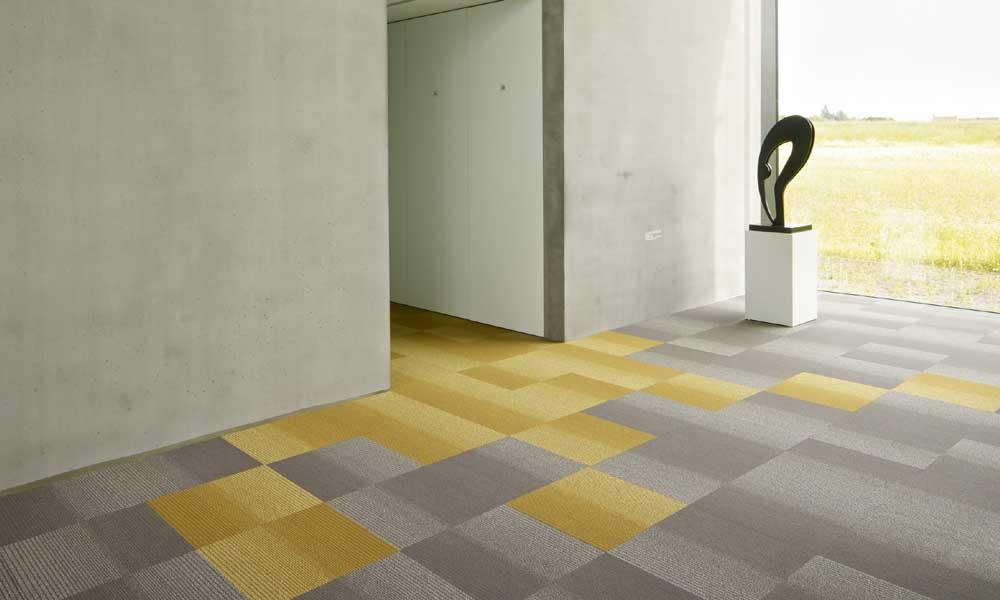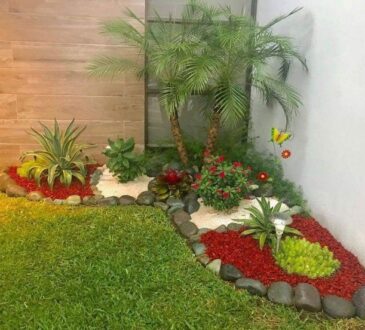
Gym flooring has to protect the subfloor and workers from damage. Dropped weights, saucers, and functional fitness activities are hard going on floors. Improper flooring will increase the risk of injury and need to be replaced much sooner.
There are three main types of gym flooring:
Vinyl
Vinyl is a hard surface used in treadmills and cable border zones. These floors are not considered for powerlifting, but they are extremely grippy, providing a perfect foundation for cable crossover apparatuses and functional racks.
Vinyl can be marked up for different athletic or to create workout boundaries. It can also be marked up with cautionary graphics to keep clear and so on.
Rubber rolls
Rubber rolls are 10mm to 14mm thick and are used in gym zones that require more safety for the subfloor. This surface is softer than vinyl and springier underfoot. It’s best suited to studios and transition zones.
Rubber rolls can be fixed anywhere as a multi-use surface. They are best for large spaces that need a unified flooring solution.
Rubber tiles
Rubber tiles are 30mm to 40mm thick and are designed for power thrilling and free weight zones. The thickness of this flooring delivers the best protection to the subfloor. It absorbs effects to stop weights and plates from bouncing.
Rubber tiles are best for small gym places and free-weight zones. The tiles aren’t smooth, but they are available in a range of colors.
Sled lanes
Sled lanes can double up as organization tracks. They are made from needle-punched polypropylene which imitators a very fine felt. This material is hard-wearing and can be cut in any shape to ensemble your gym no matter the layout.
Sled lanes are usually fitted over a vinyl or rubber roll floor. The vinyl itself provides a surface for sleds and protects the rubber or vinyl floor.
Which gym flooring is best for you?
Large multiuse spaces should be enclosed with rubber roll flooring unless you have cable crossovers, in which case vinyl is a well choice.
For free-weight zones, we recommend rubber tile flooring. Rubber tiles provide the best safety for the subfloor and gym users. For powerlifting zones, you can also get impact safety slabs that are 80mm thick.
What Are Gym Floors Made Of?
Gym floors are most usually tangible or screw-fixed plywood covered in a layer of ethylene propylene diene monomer rubber, which is well known by the acronym EPDM. This impact-absorbing material is considered universal gym flooring because it is tough, hard-wearing, non-slip, and easy to clean. It also looks good.
EPDM rubber is existing as a series of large interlocking tiles, or on a roll. Most gyms use tiles. A popular brand is SPORTEC, with these (and similar) tiles famous for flecks which are a contrasting color to the tile body.
Foam
Foam floors are installed for yoga and pilates. They are made from polyurethane, which is easier than rubber with a perceptible bounce underfoot. Interlocking Motion Flex tiles from SPORTEC are one of the best examples of a high-quality foam flooring system. A lot of gyms use these for classes.
Running tracks
Running tracks are most regularly made from vulcanized rubber. The flooring is most often ready from two layers of rubber; one soft, one rigid.




